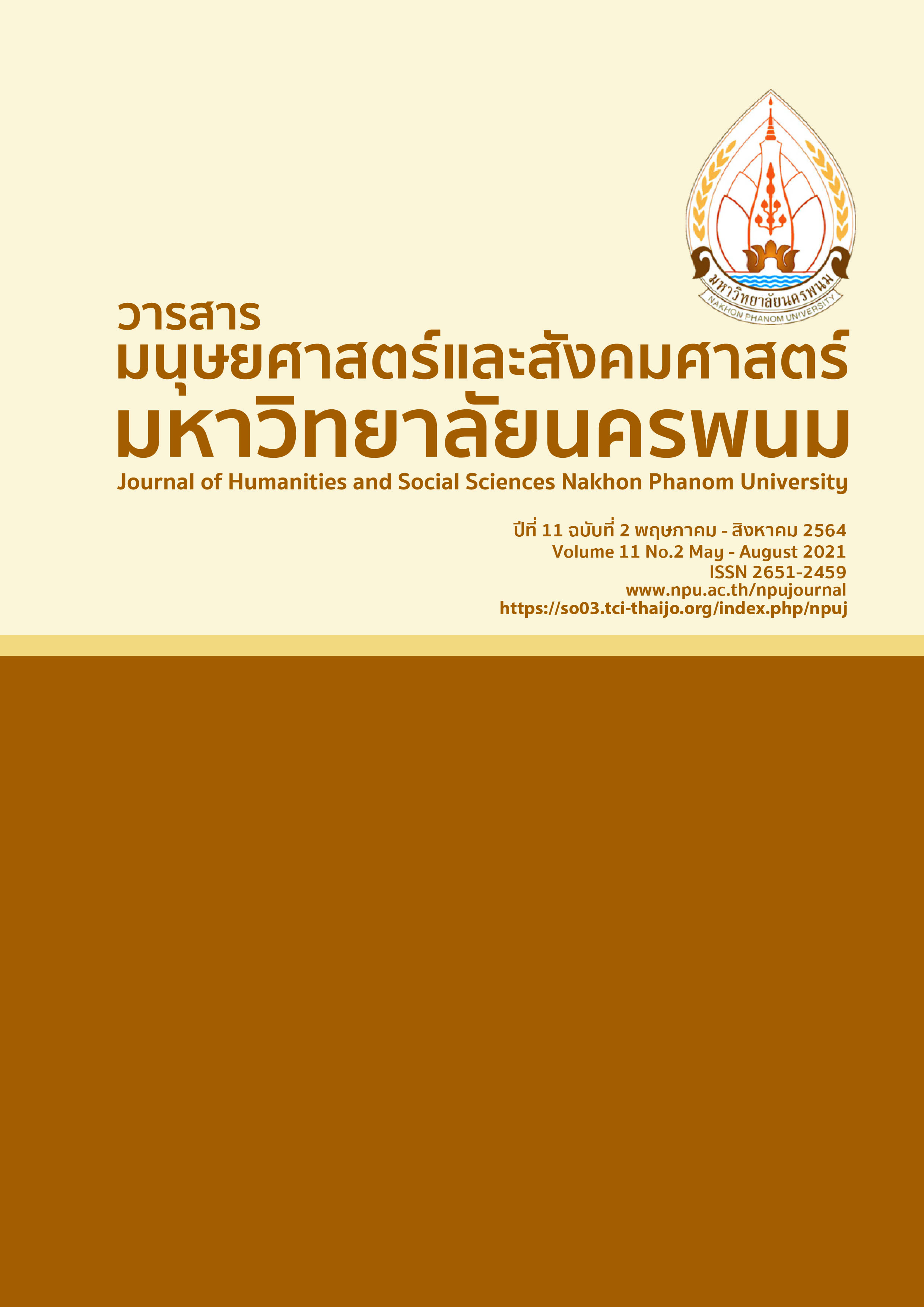The Model Sustainable Development of Cassava Production System in Bolikhamxay Province, Lao People’s Democratic Republic
Main Article Content
Abstract
The purposes of this research were: to study factors influencing to sustainability of cassava production system in Bolikhamxay Province by applying mix-methods including quantitative and qualitative approaches. Quantitative method applies 353 surveys, which examine factors influencing to the sustainability of the cassava production system. Such quantitative examination applies concepts related to cassava production and cropping systems with the applications of system theory that can be used as an explanation for factors effecting to cassava production and as studied variables. The quantitative analysis applies normal multiple regression and then using such calculated results for designing qualitative method. Such qualitative exploration is explained by theory of sustainable development and agricultural sustainable development with 35 informants who participated in focus group. The qualitative analysis applies descriptive statistics including means, standard deviation and frequency. The results of the research as follows: factors that influence the sustainability of cassava production system reveal a significant rate at .01. The factors that influenced the institutional X3 (In) followed by management factors X2 (Ma), participation,/ cooperative factors (Pa) X4 and physical factors X1 (ph) respectively (t = 6.63, 3.12, 2.75), and 2.75 respectively and model for sustainable development in Borikhamxay Province, Lao PDR. This research can be summarized in four aspects consisting of seventeen activities: 1) social and cultural development for cassava production groups 2) economic development 3) development of natural resources and the environment for cassava production groups 4) strength’s development for groups for production.
Article Details
References
Ahimbisibwe and Peter, B. (2018). Impact of cassava innovations on household productivity and welfare in Uganda. Retrieved February 2019, https://gala.gre.ac.uk/id/eprint/23522/.
Arthey, T., Srisompun, O., and Zimmer, Y. (2018). Cassava Production and Processing in Thailand. Retrieved February 2019, from http://www.agribenchmark.org/fileadmin/Dateiablage/B-Cash-Crop/Reports/CassavaReportFinal-181030.pdf.
Birchall, J. (2004). Cooperative and the millennium development goals. Switzerland : International Labour Office.
Bibby, A. and Shaw, L. (2005). Making a Difference Co-operative solutions to global poverty. London : Co-operative College.
Hemker, A. (2019). Pragati International Scientific Research Foundation (PISRF). India : Local Organizing Secretary.
Hubka, V. and Eder, W.E. (1988). Theory of Technical Systems: A Total Concept Theory for Engineering Design. New York : Springer-Verlag.
Klarin, T. (2018). The Concept of Sustainable Development: From its Beginning to the Contemporary Issues. Retrieved February 2019, from http://content.sciendo.com/view/ journals/zireb/21/1/article-p67.xml?language=en.
Kiatsewee, K., Dilokwutthisit, P., and Thadaniti, S. (2020). A Model of coastal fisheries resources sustainable development in Koh sichang district, Chonburi Province. Chachoengsao : Rajabhat Rajanagarindra University.
Shi, L., Han, L., Yang, F., Gao, L. (2019). The Evolution of Sustainable Development Theory:Types, Goals, and Research Prospects. Retrieved February 2019, from http://www.mdpi.com/2071-1050/11/24/7158/htm.
Thong-on, W. (2016). Increasing Cassava Yield by Research Knowledge Synthesis, Community Communication, and Geographic Information Systems in Kamphaeng Phet Province Areas. Journal of Community Development and Quality of Life. 4(1),122-136


